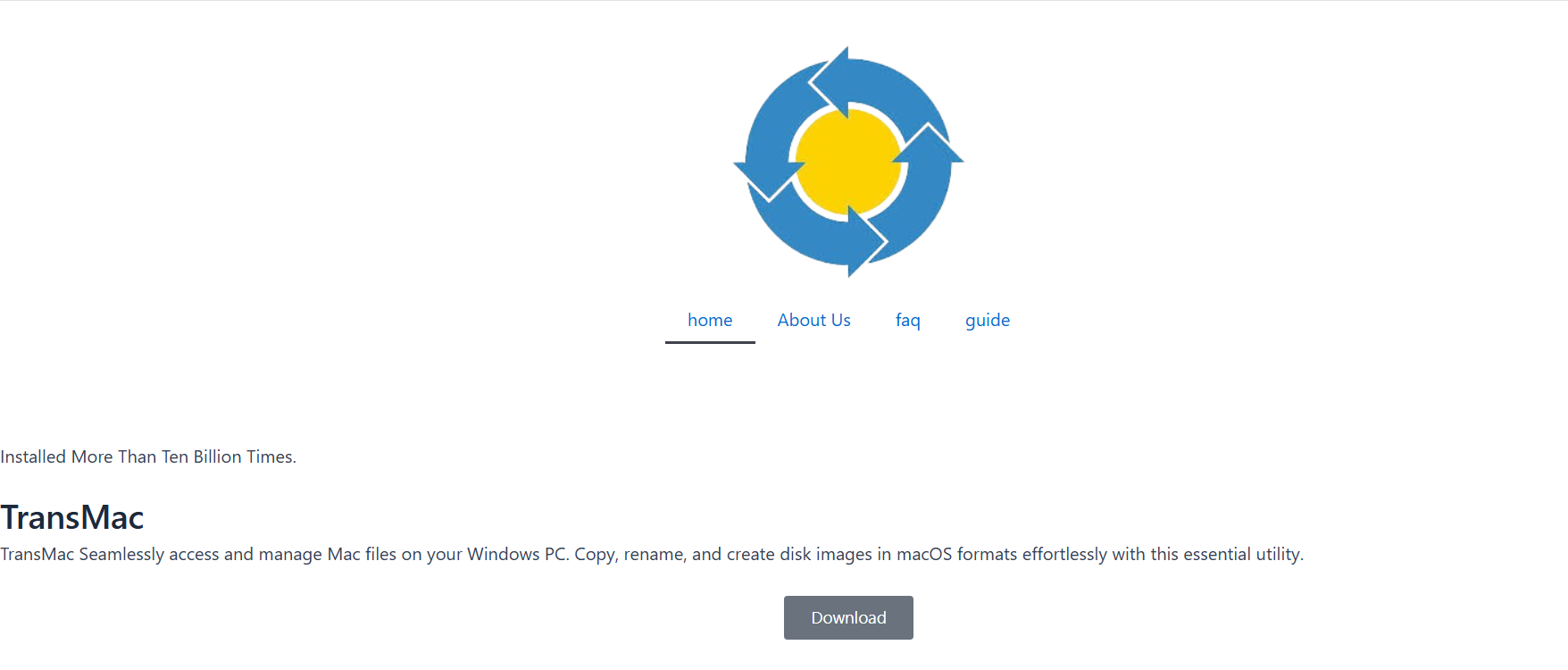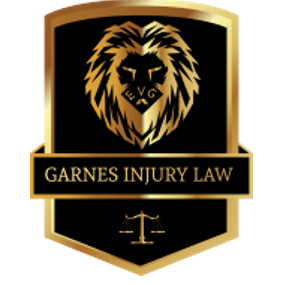TransMac has earned a reputation as a go-to utility for Windows users needing to interact with Mac-formatted drives and disk images. For tech enthusiasts, IT professionals, and anyone working in a cross-platform environment, the ability to open, edit, and create Mac disk images on a Windows system is invaluable. The core question arises—can TransMac actually edit Mac disk images on a PC, and if so, how far can you go?
This deep dive explains the full extent of what TransMac can and cannot do when handling APFS, HFS+, and other Mac-based file systems on a Windows machine. Let’s unpack its features, real-world usage, limitations, and whether it’s the right tool for your cross-platform workflow.
Understanding What TransMac Does
TransMac is a Windows-based application developed by Acute Systems. It allows users to:
- Access Mac-formatted drives (APFS, HFS, and HFS+)
- Open and manage DMG and sparse image files
- Burn macOS DMG files to USB or DVD
- Create and write bootable macOS installers
- Copy files between Mac and Windows partitions
Where it stands out is its ability to bridge the Mac-Windows ecosystem without the need for macOS emulation. This makes it an essential tool for developers and IT professionals who regularly need to extract, burn, or even modify Mac disk images.
Opening Mac Disk Images on Windows
TransMac allows users to open a wide range of disk image formats used on macOS, including:
- .dmg – Apple’s native disk image format
- .sparseimage – Dynamically expanding image files
- .img and .iso – Often used in bootable media
Once opened, these disk images appear in a file explorer-style window where files and folders can be viewed and extracted. Basic file manipulation like copying files from disk images to the Windows system is smooth and straightforward.
This read capability is stable even with complex image structures, and TransMac can read through the resource forks and metadata that macOS uses—something other tools fail to do.
Editing Disk Images: What’s Possible
When it comes to actual editing of Mac disk images, TransMac offers limited but practical features:
File-Level Changes
TransMac allows you to add, delete, or rename files and folders within a disk image. You can:
- Import files from your Windows system into the mounted image
- Remove unwanted files from the disk image
- Rename files directly within the image structure
This enables customization of installation images, creation of pre-configured environments, or injection of configuration files for deployment or testing purposes.
Creating Custom DMG Files
You can build a DMG file from scratch using files or folders on your Windows PC. TransMac lets you specify volume names, compression types, and partition schemes. After creating the image, it can be opened and further modified with additional files.
This is especially useful for developers preparing software builds, installers, or bootable drives that need to function on a macOS device.
Restoring and Writing Disk Images
Once edited, TransMac lets you write those images to physical drives like USB sticks, SSDs, or DVDs. This feature is especially popular for Hackintosh setups or when creating bootable macOS install media from Windows.
Limitations to Be Aware Of
TransMac is powerful, but it doesn’t offer full file system-level editing or advanced disk partitioning tools. Some of the limitations include:
No APFS Write Support
TransMac can read APFS volumes—which are standard on modern macOS devices—but cannot write to them. Editing files within APFS images is limited unless you convert or extract them.
Limited Permissions and Metadata Handling
macOS uses a complex system of permissions, access control lists (ACLs), and extended attributes. TransMac doesn’t always preserve these perfectly, especially when writing changes back to the image. For software development or sensitive system configurations, this might become a bottleneck.
No On-the-Fly Mounting Like macOS
You won’t be able to mount disk images like a native drive in Windows as you would on macOS. TransMac uses a simulated file explorer instead, limiting dynamic operations and system-level changes.
Workarounds and Expert Techniques
If you need to edit a disk image with more control than TransMac offers, consider these workflows:
Extract and Rebuild Method
- Use TransMac to extract the contents of the disk image
- Edit the files using native Windows tools
- Repackage the image using TransMac’s DMG creation tool
This approach gives you more control, especially when you need to inject scripts, modify app bundles, or restructure folders.
Convert Disk Images
In some cases, converting a DMG to ISO or IMG format using tools like dmg2img can help you open it with more powerful disk tools in Windows or Linux, then repackage it into DMG using TransMac.
Combine with Virtual Machines
Run macOS in a virtual machine (like VMware or VirtualBox) and use it to mount and modify images natively, then transfer them back to Windows via shared folders. TransMac can then finalize the edits or burn the image.
Use Cases for TransMac Disk Image Editing
TransMac shines in several practical situations:
macOS Installer Creation
IT professionals frequently use TransMac to burn macOS installer DMGs onto USB drives from Windows machines, especially in enterprise or school environments.
Hackintosh Setup
Hackintosh enthusiasts use TransMac to inject kexts, EFI folders, or bootloaders into macOS install images to make them compatible with non-Apple hardware.
App Development
Developers targeting macOS can prepare distribution-ready DMG files with all the assets embedded before uploading or sending to clients.
File Recovery
In cases where a Mac disk image holds corrupted or lost files, TransMac enables basic extraction and access, even when native macOS is unavailable.
Licensing and Performance
TransMac is available as a paid application with a 15-day free trial. The full license unlocks unrestricted use, including:
- Complete image editing access
- Write functions to USB/DVD
- Support for large volume sizes
- Priority technical support
In terms of performance, TransMac handles moderate to large disk images well, though editing large files or copying multiple GBs can be slower than on native macOS.
Comparison with Alternative Tools
While TransMac is one of the few GUI-based tools available for Windows-to-Mac disk editing, alternatives include:
PowerISO
Can open DMG files but lacks native support for HFS+ or APFS structures.
dmg2img + OSFMount
A command-line and GUI combo that offers disk image conversion and mounting, but lacks editing capability.
HFSExplorer
Free tool for browsing HFS+ file systems, but with read-only access and no editing support.
TransMac still wins on its ease of use, consistent updates, and dedicated Mac filesystem compatibility.
Best Practices for Using TransMac
To get the best results when editing Mac disk images:
- Always back up original images before modifying
- Use the latest version of TransMac to ensure compatibility with APFS updates
- Double-check file permissions if deploying edited images on actual Macs
- Avoid editing encrypted disk images unless decrypted properly
Final Verdict
TransMac provides a reliable and practical solution for editing Mac disk images on Windows—at least at the file level. While it doesn’t offer deep file system access or full APFS write functionality, it remains the best option for most general use cases involving DMG file editing, Mac installer customization, or bootable media creation from a PC.







